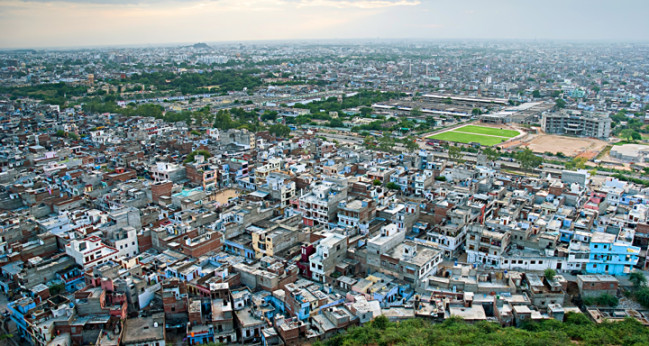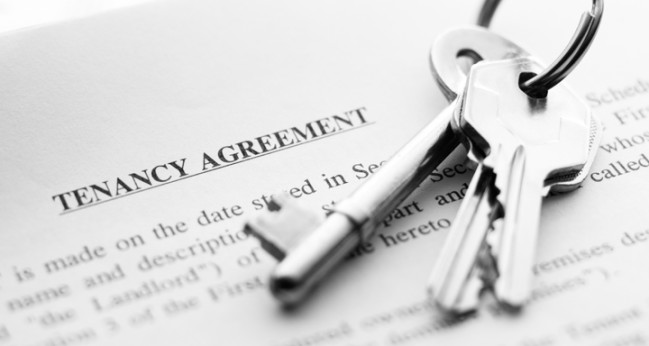No Hike in Ready Reckoner Rates in Maharashtra, India
Ready Reckoner Rates in Maharashtra:
For the 3rd year in a row, the Maharashtra Government has decided to keep the present ready reckoner rates unchanged due to slow down in the realty market. The Inspector General of Stamps and Registration Office, Pune has sent a circular to all the offices of Deputy Inspector General of Stamps and Registration Department in the State to maintain the old ready reckoner rates and register property and documents as per old rates. Though the Registrar of Stamps had suggested a nominal hike in the ready reckoner rates, the State Government issued a clear direction on it asking the authority to continue with the old ready reckoner rates.
What is ready reckoner rates?
Ready Reckoner rates are the rates of the residential, commercial or plotting property for a given area and are issued and regulated by the respective state government. These rates are regularly updated on a yearly basis depending on the plan of the government for such price changes.
The 2017-18 rates will continue to apply this financial year as well and will be effective from April 1, 2019. As a matter of fact, the earlier hike in ready reckoner rates which was even more than the existing market price of land and flats also headed to a decline in transactions. Despite the land prices saw a drop, due to the lack of buyers with deep pockets and strict norms of financial institutions to provide the easy loan to realtors, the ready reckoner rates were not changed and continued on the higher side. As a result, there was a huge demand from the realtors and developers to reduce the ready reckoner rates and bring them in a match with market facts.
According to most builders, existing rates are not as affordable as the market, It is inactive for the last two-three years. In some areas, the land and flat prices are really going down and these rates must be made more reliable. According to some property experts, linking of property purchase with Income Tax has created a problem for the buyers as they have to pay tax on the difference amount of ready reckoner rates and actual buying rates.
As per Mumbai’s leading builder/developer Hiranandani, those areas where the rates have actually fallen, builders can’t sell their flats at reduced rates since the Income Tax Act doesn’t allow any sale below 5% of the Ready Reckoner Rate for that area. Suppose, the Ready Reckoner Rate in an area is Rs 6,000 but the sale has taken place at Rs 5,500, both buyer and seller still have to pay additional tax on the Rs 500.
With relaxation in GST for affordable housing stock, reduced home loan rates, and unchanged ready reckoner rates, the property market is likely to witness some positive movement during Gudhi Padwa and Akshay Tritiya, considered as the most auspicious period for property transactions.





 the government’s decision to reduce the Goods & Service Tax (GST) rates for under-construction projects to 5% from the effective rate of 12%. Keeping in mind the objectives of “Housing for All by 2022”, the government has reduced the GST to marginal 1% for affordable housing. Apart from that, completed projects which have received Occupancy Certificate (OC) will not attract GST.
the government’s decision to reduce the Goods & Service Tax (GST) rates for under-construction projects to 5% from the effective rate of 12%. Keeping in mind the objectives of “Housing for All by 2022”, the government has reduced the GST to marginal 1% for affordable housing. Apart from that, completed projects which have received Occupancy Certificate (OC) will not attract GST.